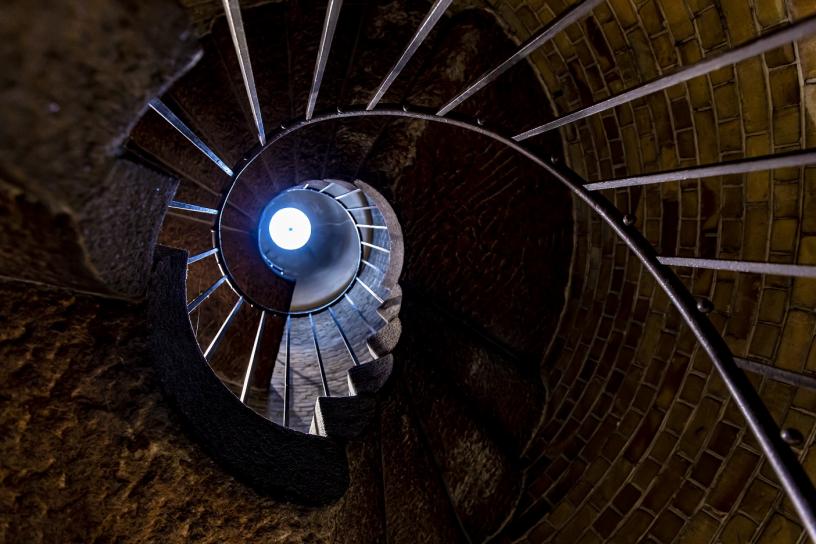Jens Olsen's World Clock
At Copenhagen City Hall, you can see an exhibition about Jens Olsen’s World Clock, made by the Museum of Copenhagen and the Municipality of Copenhagen. The exhibition tells the story of the creation of the unique clock and the man who created it as well as how it ended up at the city hall. The exhibition also gives visitors the opportunity to learn more about the clock’s functions and to reflect on the fact that the clock for thousands of years to come will show the positions of the start above City Hall, the time in other parts of the world and the exact dates for the different religious holidays.
The position of the clock at City Hall has helped define it as something more than just a political institution. It is a house, a gathering point that opens up to the public in a wider sense, just as its architect, Martin Nyrop envisioned when the City Hall was built between 1892 and 1905. The installation of the World Clock in 1955 (50 years after the town hall opening) added a further dimension to the public use of City Hall.
The new exhibition extends this vision of Nyrop’s. The updated language and the new technology used in the exhibition present the history of the clock to a wider group of the public. This is in keeping with the ambitions of City Hall to increase its function as a house made by and for Copenhageners and their guests.
Free admission via the main entrance at City Hall. The exhibition is open on week days 9 AM to 4 PM and on Saturdays 9:30 AM to 12:45.
Did you know that Jens Olsen’s World Clock:
- is the most precise mechanical clock in the world and only outdone by atomic clocks.
- has been gilded with four kilos of gold.
- calculates the dates of the religious holidays and full moon of a coming year. It makes the calculations within six at midnight on New Year’s Eve.
- has the slowest turning gear in the world.
- was started by King Frederik IX Thursday 15 December 1955 at exactly 3 pm.
- is wound up once a week.
- has rhodium coating on all metal faces in the clock. Rhodium is one of the rarest and most valuable precious metals in the world. It is resistant to corrosion - it even remains insoluble in acid.
- mainly consists of brass parts that derived from melted down kitchen utensils from Danish households of the 1940’ies.
